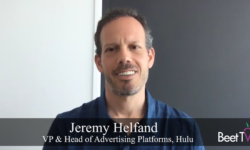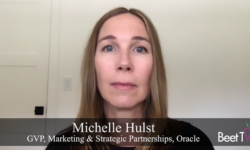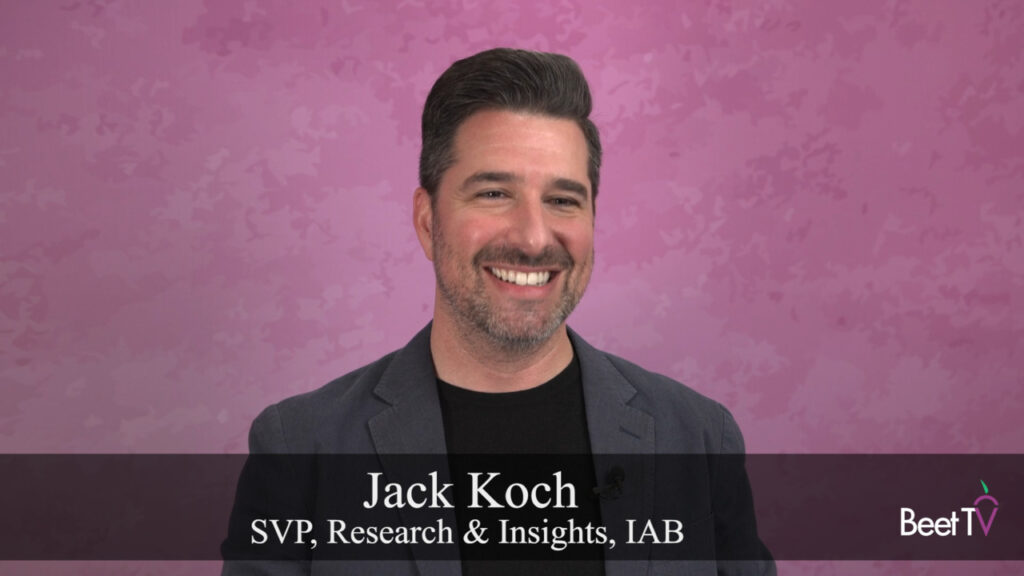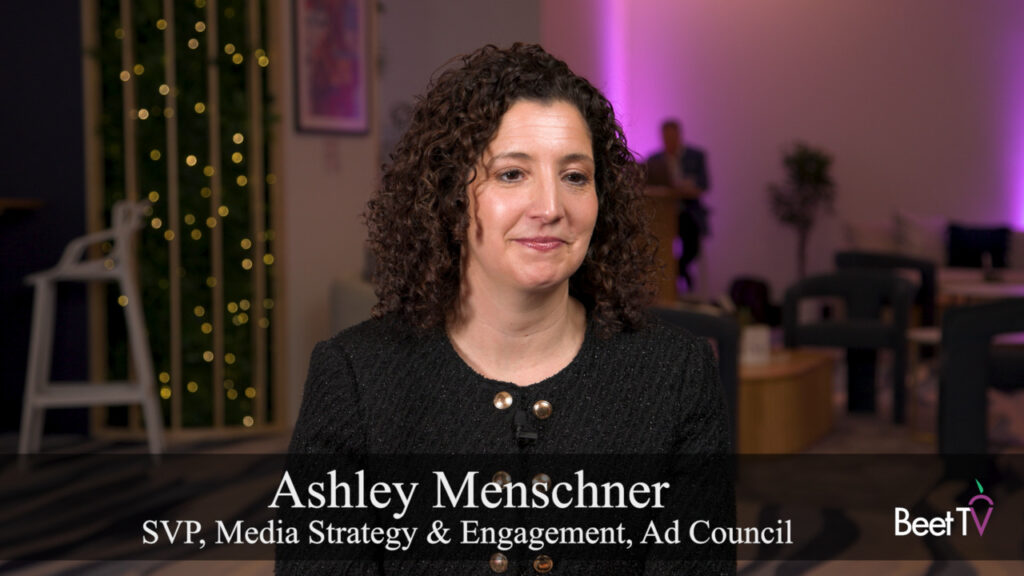CHICAGO – The COVID-19 pandemic has prompted many advertisers around the world to keep their wallets closed. But could spending be about to spring forward in a big way?
In this video interview with Beet.TV, Matt Spiegel, head of media at TransUnion, says diminishing ad prices, more opportunistic ad buys and targeting technology will combine to welcome in a new tier of brand advertiser that traditionally had not played in TV.
For one, Spiegel thinks seasonal “back-to-school” and holiday diary markers will see healthy ad spend.
“There’s going to be a lot of pent up demand come this holiday,” he says. “I think there’s going to be a lot of money there.”
Door is opening
Couple that with a raft of content, like top-tier sports, that otherwise have pocketed premium ad spend; Spiegel suggests it leaves remaining content, with cheaper ad rates, ripe for newcomers.
“I think it opens the door for a lot of new advertisers,” he explains. “A lot of new categories that have historically been crowded out (will) likely have room to play.
“TV has often been a big-marketer game, especially linear television, because it’s a high dollar commitment (and) often a longer-term commitment.
“As more dollars are kept to be spent at the moment of opportunity … you leave room for the torso of clients that are not the big spenders but are in many categories that, especially right now, can spend more money.”
Upfronts have changed
The upfront ad sales season is the time of year when programmers traditionally tout their upcoming content slates to secure upfront ad buy commitments.
But securing advance bookings from brands in this environment could be more difficult than before, whilst many TV broadcasters are significantly discounting their ad rates in a bid to stop haemorrhaging under-pressure advertisers.
Spiegel agrees that “the (TV) upfront has probably changed forever”.
He imagines new advertising coming from higher-education e-learning providers, all kinds of subscription services and from fitness operators launching digital content strategies.
eMarketer reports how ad costs are currently falling across the board.
Data-driven
The confluence of circumstances could be good news for direct-to-consumer (DTC) brands, which have already been advertising on TV over the last couple of years but which could use the opportunity of cheaper inventory to make a bigger impression.
They are the kinds of marketers that are “data-driven”, Spiegel says: “Those types of marketers are the ones that therefore expect their media partners, their ad tech partners, or a combination of the two, to do a better job allowing micro-segmentation, to do a general better job allowing frequency of optimizations, to do dynamic creative messaging, and to do the types of stuff that really leads to higher marketing ROI.
“Personalization is becoming ever more important. To enable those types of things, you needed a firm grasp on understanding individuals and understanding the households with various identity signals that are necessary to address the appropriate devices, in many cases meaning not relying on a cookie ID but relying other identity signals.”
This video is part of a series titled Navigating Accelerated Change, presented by Transunion. For more videos, please visit this page.








































